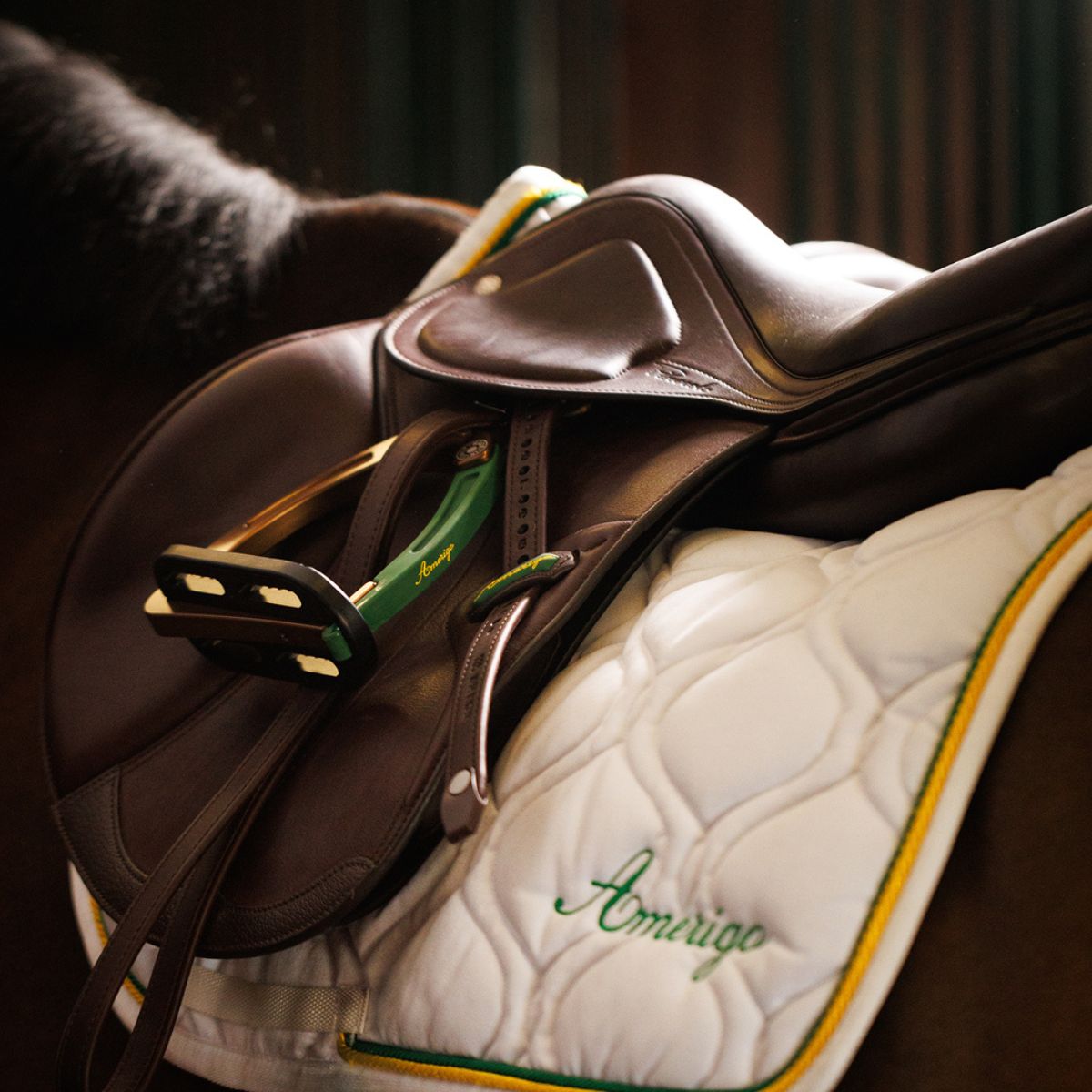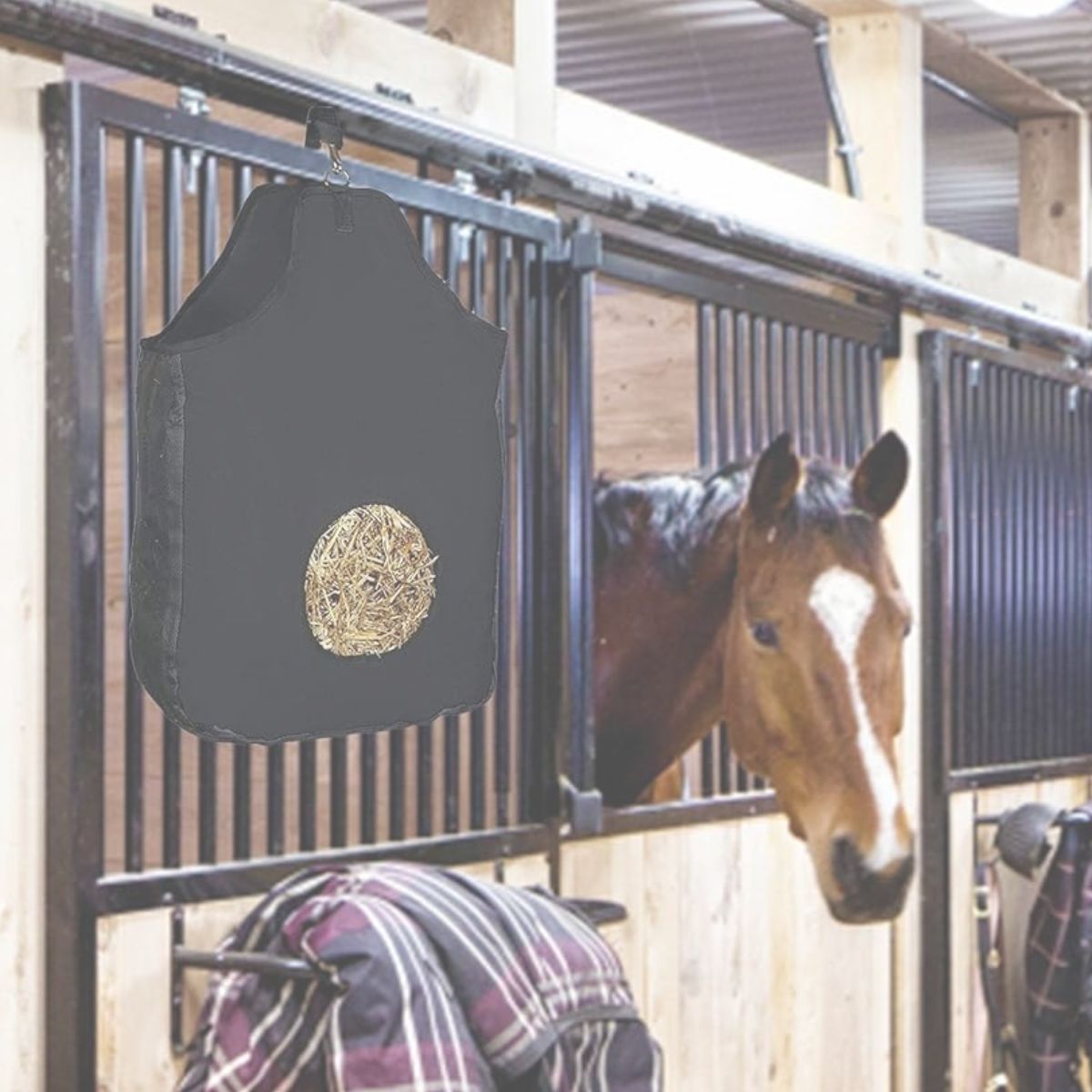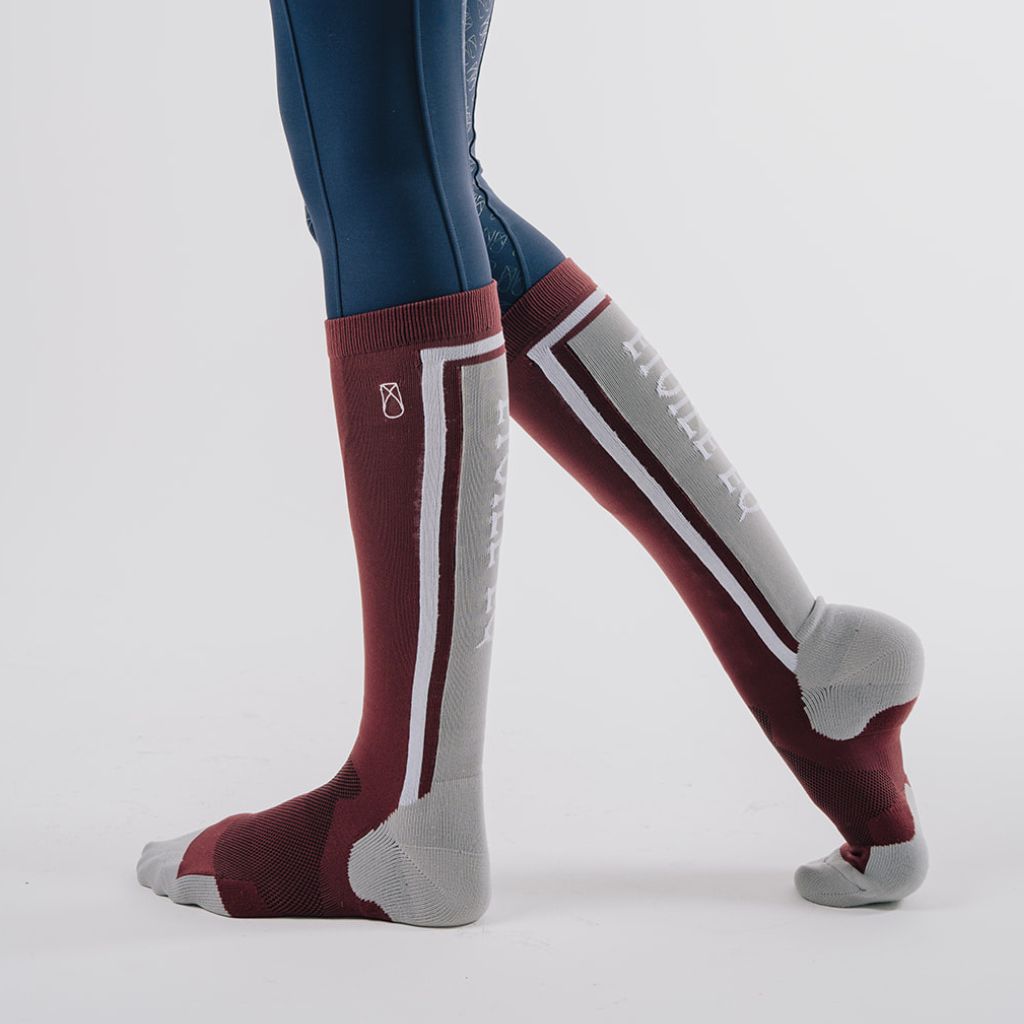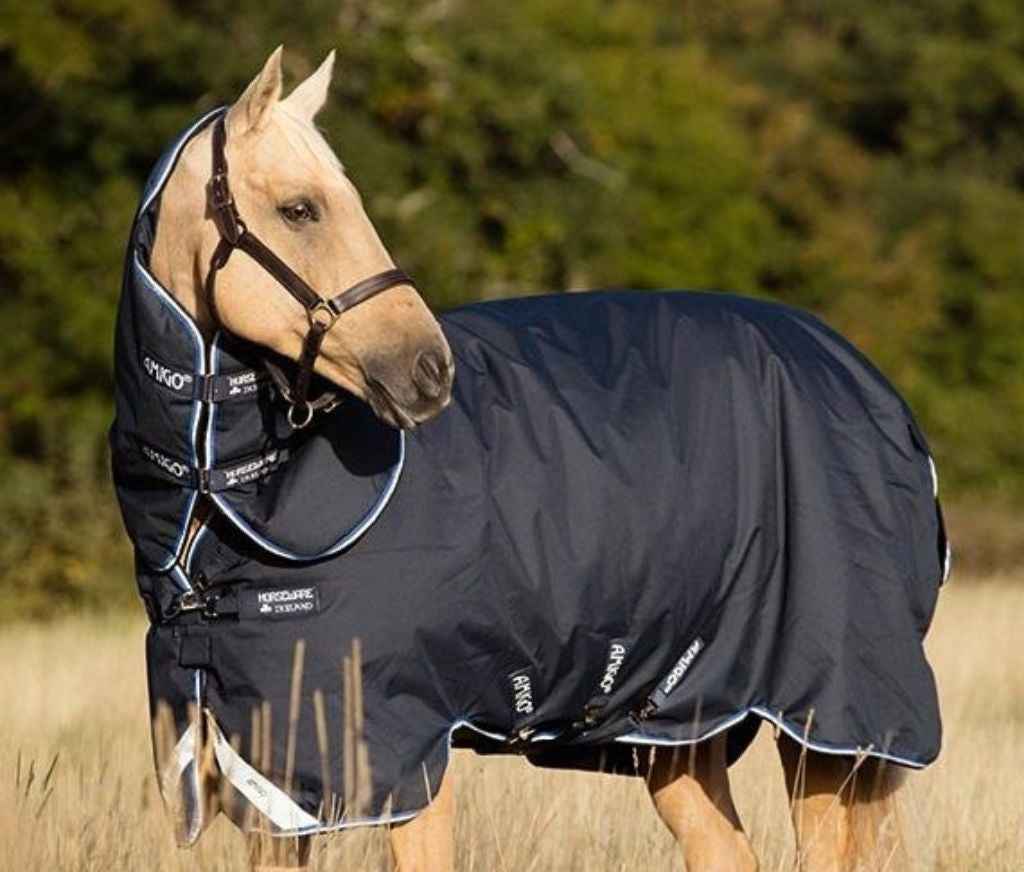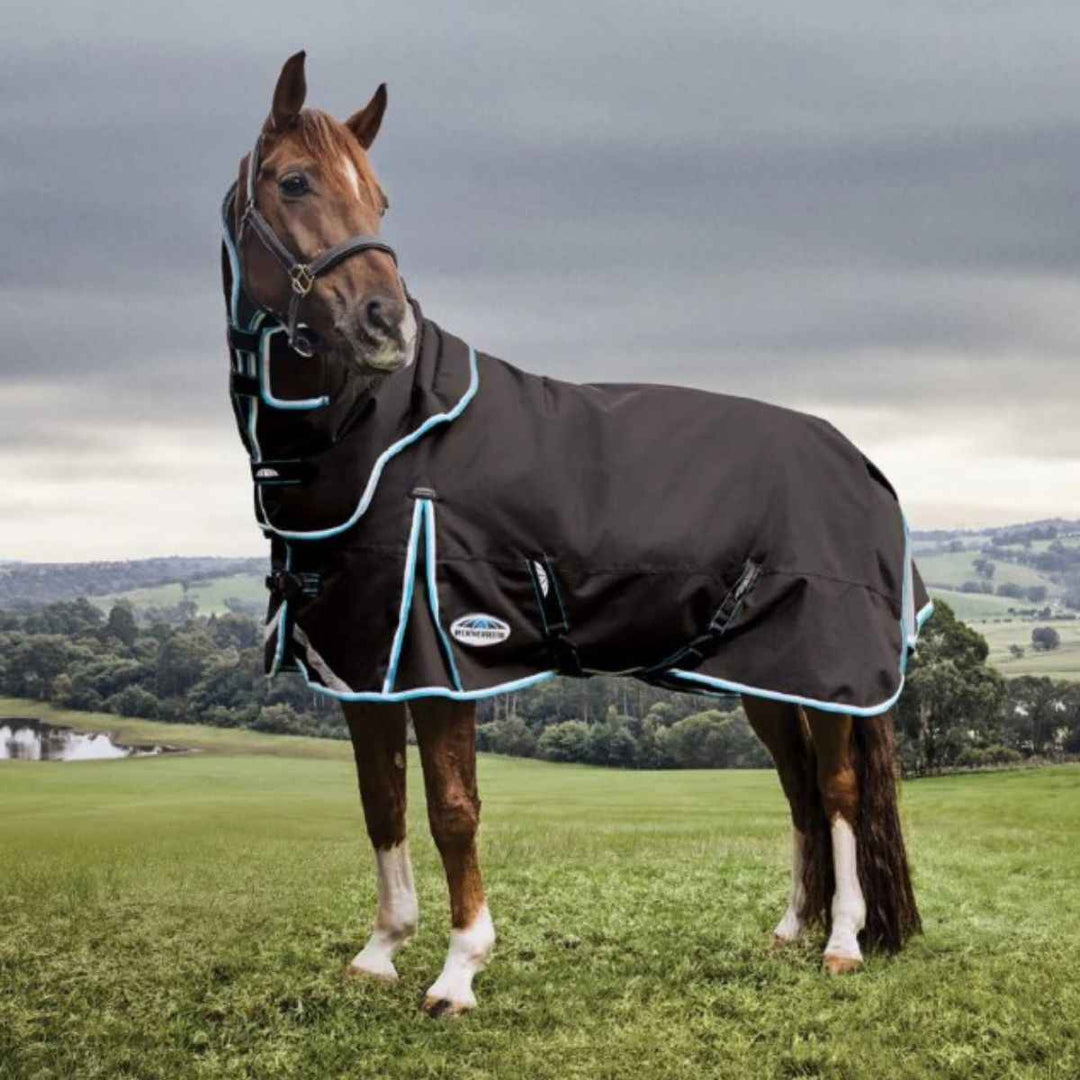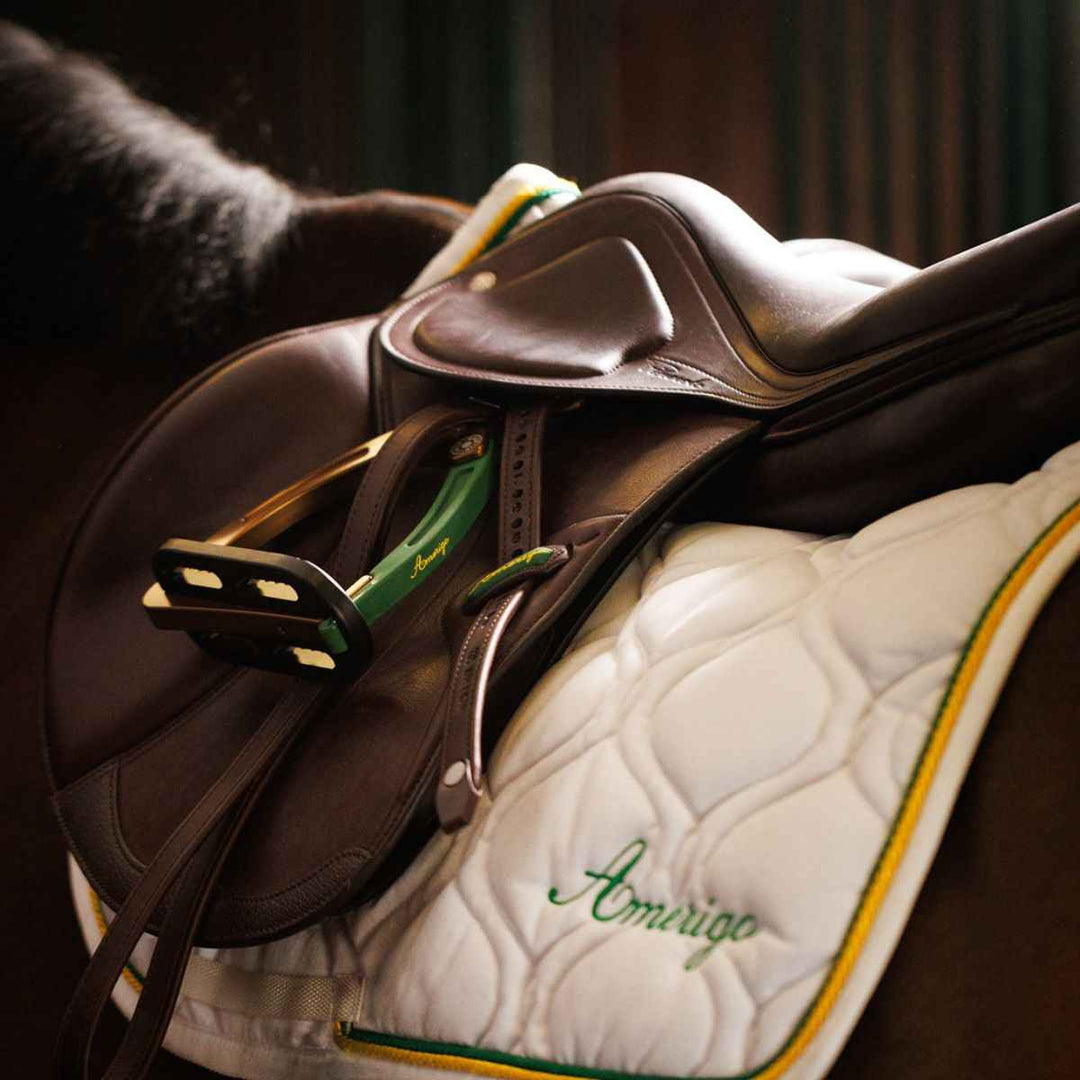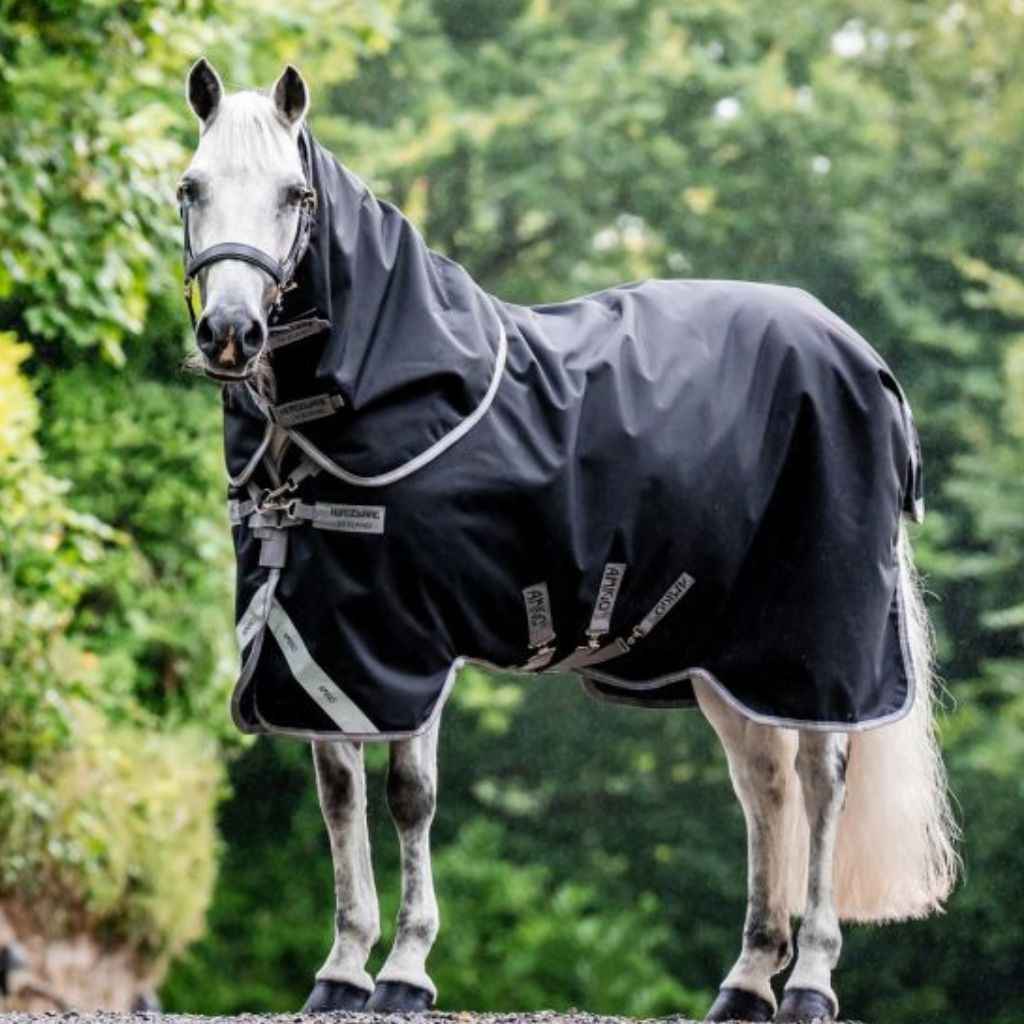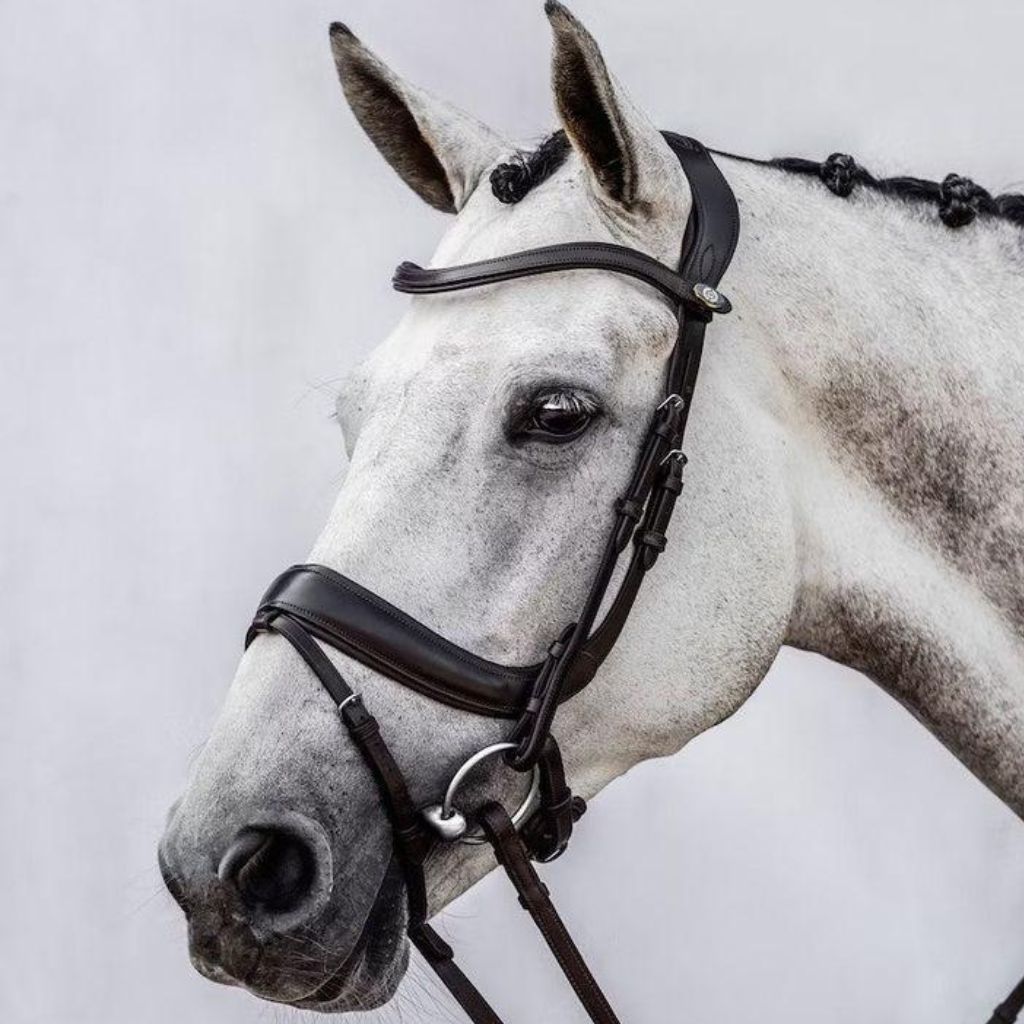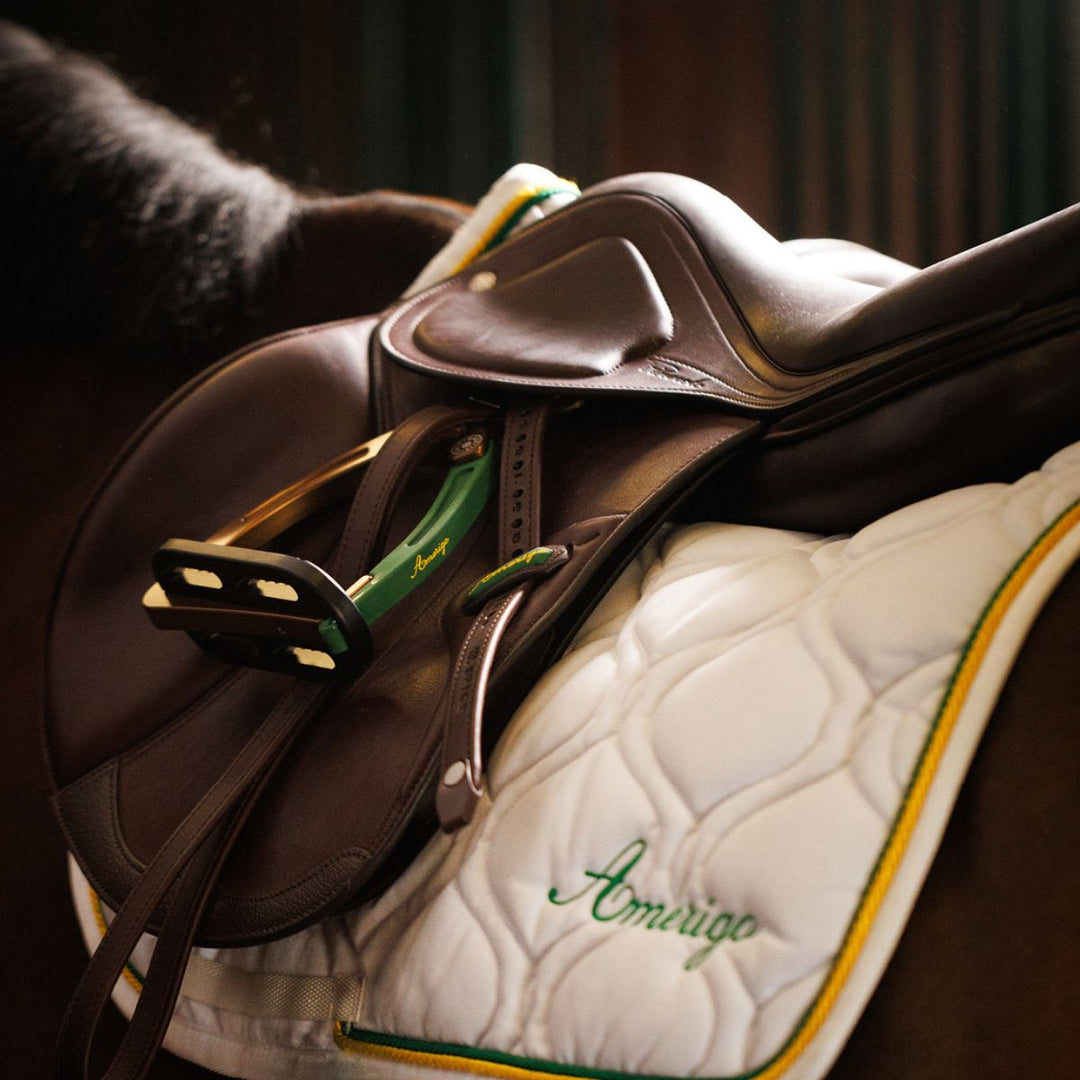The Importance of Choosing the Right Bridle and Bit for Your Horse
A correctly chosen bridle and bit are just as important as a well-fitted saddle when it comes to your horse’s comfort, responsiveness, and overall performance. Ill-fitting or inappropriate gear can cause unnecessary pressure on sensitive areas, leading to discomfort, resistance, and even long-term behavioural or physical issues.
Modern bridle design has come a long way, with a strong focus on anatomical comfort. Features such as shaped headpieces, browbands that avoid pressure points, and nosebands designed to reduce pressure on facial nerves and soft tissue can make a significant difference to your horse's way of going. The poll, ears, jaw, and facial nerves are all sensitive areas, and excessive or uneven pressure can lead to anything from mild resistance to headshaking or evasive behaviour under saddle.
An anatomical bridle, when properly fitted, allows the horse to move more freely through the poll and jaw, encouraging a softer contact and clearer communication between horse and rider. As with saddles, bridles should be fitted by someone with a good understanding of both horse anatomy and bridle function, as incorrect adjustments can undo even the most thoughtfully designed tack.
When it comes to bits, there is no one-size-fits-all solution. Every horse has a unique mouth shape, tongue size, bar sensitivity, and even palate height, which all affect what type of bit they will find comfortable. Some horses prefer the simplicity of a single-jointed snaffle, while others respond better to double-jointed or linked bits, which distribute pressure more evenly across the tongue and reduce nutcracker action.
Warm metal alloys, such as sweet iron or copper blends, can encourage salivation and softness by being more palatable than colder stainless steel options. But even the right material won’t make up for an incorrect shape or size. That’s why trialling different styles—and observing your horse’s response—is often key to finding the right combination.
In many cases, your equine dentist can provide valuable insights into your horse’s oral anatomy and flag any physical reasons a particular bit may or may not suit. Bit fitters, too, are becoming more widely available and can offer in-person assessments or remote guidance based on measurements, photos, and behaviour patterns.
At Canterbury Saddlery, we stock a carefully selected range of anatomical bridles and quality bits to suit a wide variety of horses, disciplines, and rider preferences. Whether you’re after subtle refinements in comfort or searching for a better solution to resistance or head carriage issues, we’re happy to help guide you through the options.
The right bridle and bit shouldn’t just be about aesthetics or tradition—they’re about understanding your horse’s physical needs, respecting their sensitivities, and improving communication in every ride.



